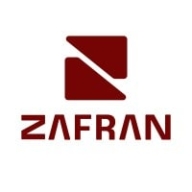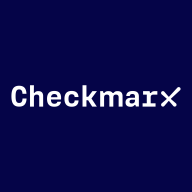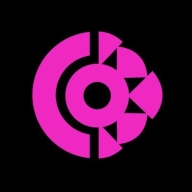


Checkmarx One and Claroty Platform compete in the security software category, focusing on code scanning and OT environments, respectively. Checkmarx One appears to have an edge in programming language support and integration, while Claroty excels in industrial control sector features.
Features: Checkmarx One supports a wide variety of programming languages, offers comprehensive code scanning without needing compilation, and integrates with key repositories. Incremental scanning capabilities and clear reporting enhance its utility. Claroty Platform provides valuable real-time monitoring and threat detection for OT environments, excels in asset management, and offers extensive visibility in industrial control sectors.
Room for Improvement: Checkmarx One could improve by reducing false positive rates, expanding language support to include languages like COBOL, and enhancing dynamic code testing. It also requires a more flexible licensing model. Claroty Platform needs better vulnerability management, improved integration capabilities, particularly regarding zero-day attack coverage, and more intuitive user interaction to enhance user experience.
Ease of Deployment and Customer Service: Checkmarx One offers deployment flexibility through public and private cloud options. Its customer service is viewed variably, with some users citing high responsiveness while others note delays. Claroty, mostly deployed on-premises, has high-quality technical support, though users report some inefficiencies in responsiveness.
Pricing and ROI: Checkmarx One is considered expensive, with a complex and rigid licensing model. However, its effectiveness in enhancing application security justifies its cost. Claroty Platform is also seen as pricey, especially for software versions. Despite this, its value for OT security is acknowledged. Determining ROI for both tools is challenging due to varying environments and organizational factors.
| Product | Market Share (%) |
|---|---|
| Checkmarx One | 1.3% |
| Zafran Security | 1.1% |
| Claroty Platform | 0.8% |
| Other | 96.8% |

| Company Size | Count |
|---|---|
| Small Business | 32 |
| Midsize Enterprise | 9 |
| Large Enterprise | 45 |
| Company Size | Count |
|---|---|
| Small Business | 4 |
| Midsize Enterprise | 1 |
| Large Enterprise | 11 |
Zafran Security integrates with existing security tools to identify and mitigate vulnerabilities effectively, proving that most critical vulnerabilities are not exploitable, optimizing threat management.
Zafran Security introduces an innovative operating model for managing security threats and vulnerabilities. By leveraging the threat exposure management platform, it pinpoints and prioritizes exploitable vulnerabilities, reducing risk through immediate remediation. This platform enhances your hybrid cloud security by normalizing vulnerability signals and integrating specific IT context data, such as CVE runtime presence and internet asset reachability, into its analysis. No longer reliant on patch windows, Zafran Security allows you to manage risks actively.
What are the key features of Zafran Security?
What benefits can users expect from Zafran Security?
In industries where security is paramount, such as finance and healthcare, Zafran Security provides invaluable protection by ensuring that only exploitable vulnerabilities are addressed. It allows entities to maintain robust security measures while allocating resources efficiently, fitting seamlessly into existing security strategies.
Checkmarx One is an enterprise cloud-native application security platform focused on providing cross-tool, correlated results to help AppSec and developer teams prioritize where to focus time and resources.
Checkmarx One offers comprehensive application scanning across the SDLC:
Checkmarx One provides everything you need to secure application development from the first line of code through deployment and runtime in the cloud. With an ever-evolving set of AppSec engines, correlation and prioritization features, and AI capabilities, Checkmarx One helps consolidate expanding lists of AppSec tools and make better sense of results. Its capabilities are designed to provide an improved developer experience to build trust with development teams and ensure the success of your AppSec program investment.
The Claroty Platform is tailored for monitoring and securing industrial control systems. It offers deep visibility into OT networks, enabling effective anomaly detection and vulnerability assessments. Its user-friendly interface and robust reporting tools facilitate easy management and compliance, enhancing organizational efficiency and cybersecurity posture in industrial environments.
We monitor all Vulnerability Management reviews to prevent fraudulent reviews and keep review quality high. We do not post reviews by company employees or direct competitors. We validate each review for authenticity via cross-reference with LinkedIn, and personal follow-up with the reviewer when necessary.